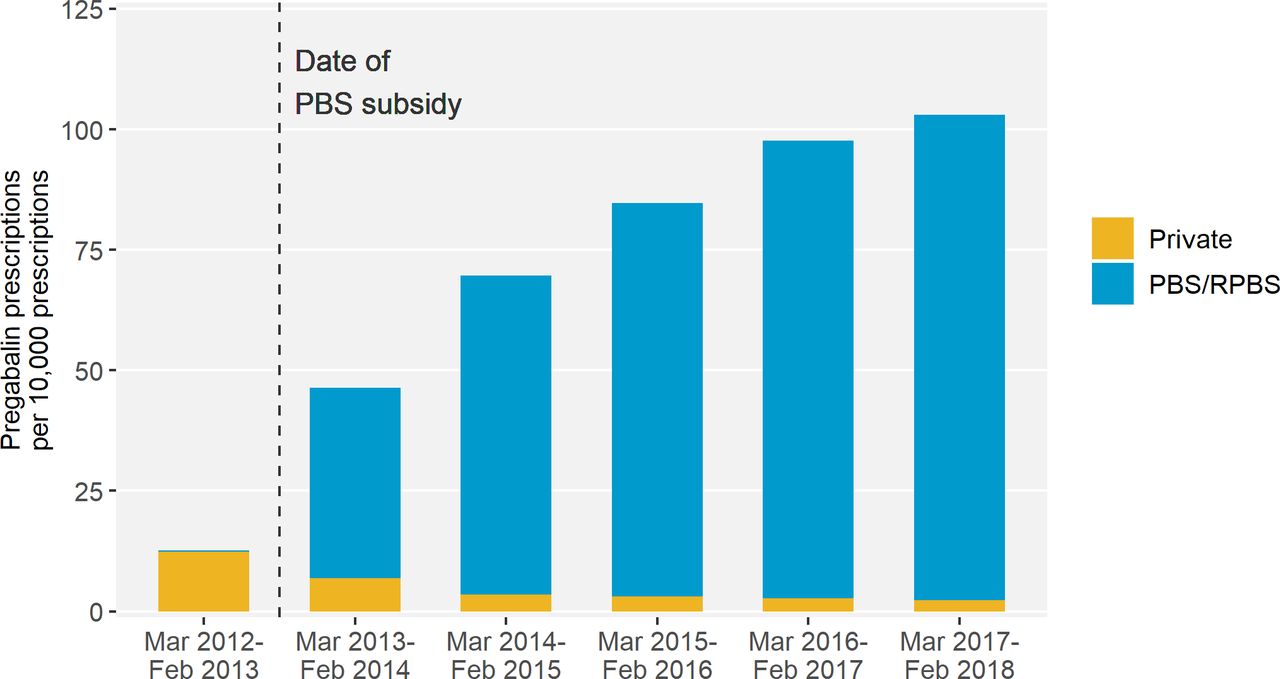Pharmacists should be embedded in aged care facilities nationwide.
The health of the aged care sector matters a great deal to PSA and the pharmacy profession. We have long advocated for pharmacists’ skills to be used more broadly across the sector to benefit both residents and aged care facilities.
There have been many major issues emerging from the Royal Commission into Aged Care Quality and Safety which are of great concern. The most relevant issue for PSA and pharmacists relates to the safe and quality use of medicines in residential aged care facilities.
It is alarming that this issue, particularly the inappropriate use of antipsychotic medicines, appears to have not improved over the last five years.
In our submission to the Royal Commission, we called for a national program that embeds pharmacists in all aged care facilities to address the alarming issue of medicine-related harm.
Our Medicine Safety: Take Care report showed that 98% of residents in a residential aged care facility have at least one medicine-related problem and over half are exposed to at least one potentially inappropriate medicine. Pharmacists, with their unique expertise in medicines and medicine management, are ideally placed to identify and help resolve these issues.
As with people living in the community, residents in aged care facilities deserve to have timely and regular access to the expertise of a pharmacist if they require advice and support with their medicines and medicine management. There must be a stronger connection between health care and aged care, and pharmacists can help bridge this divide.
The solution is clear – and the pharmacy profession is equipped and eager to contribute. However, the current service arrangements and limited funding available are grossly inadequate for pharmacists to deliver on the range of medicine and medicine management services that could benefit the aged care sector, improve quality and safety, and minimise harm to residents.
Increasing the frequency of residential medication management reviews (RMMRs) and expanding the investment in the quality use of medicines (QUM) program are examples of ways in which we would have pharmacists spending more time on the ground so that they are embedded within residential aged care facilities.
We have also called for equitable access to subsidised dose administration aid (DAA) services for aged care residents when clinically warranted, or where use of a DAA is mandated by the facility. However, these actions require serious investment by the government.
The Royal Commission provides an unprecedented opportunity to consider and implement our proposed model of care and service delivery.
We call on the government to embed pharmacists in aged care facilities nationwide and remove barriers to the provision of pharmacist services. Only then can we ensure an improvement in medicine safety and optimal health outcomes for older Australians.



 Source – Pregabalin prescribing patterns in Australian general practice, 2012–2018: a cross-sectional study[/caption]
Source – Pregabalin prescribing patterns in Australian general practice, 2012–2018: a cross-sectional study[/caption]

 National Medicines Symposium 2024 speakers (L to R): Steve Waller, Professor Jennifer Martin, Professor Libby Roughead, Tegan Taylor[/caption]
National Medicines Symposium 2024 speakers (L to R): Steve Waller, Professor Jennifer Martin, Professor Libby Roughead, Tegan Taylor[/caption]


 This CPD activity is sponsored by Reckitt. All content is the true, accurate and independent opinion of the speakers and the views expressed are entirely their own.[/caption]
This CPD activity is sponsored by Reckitt. All content is the true, accurate and independent opinion of the speakers and the views expressed are entirely their own.[/caption]






